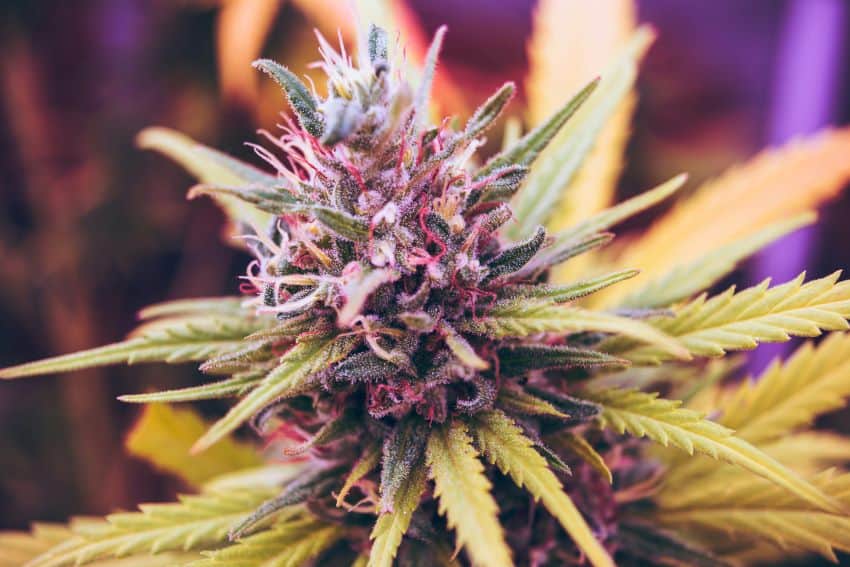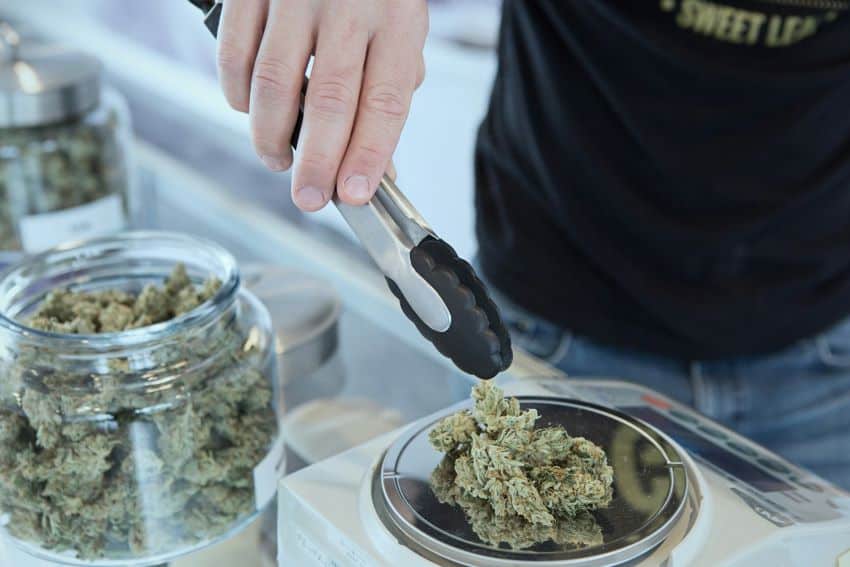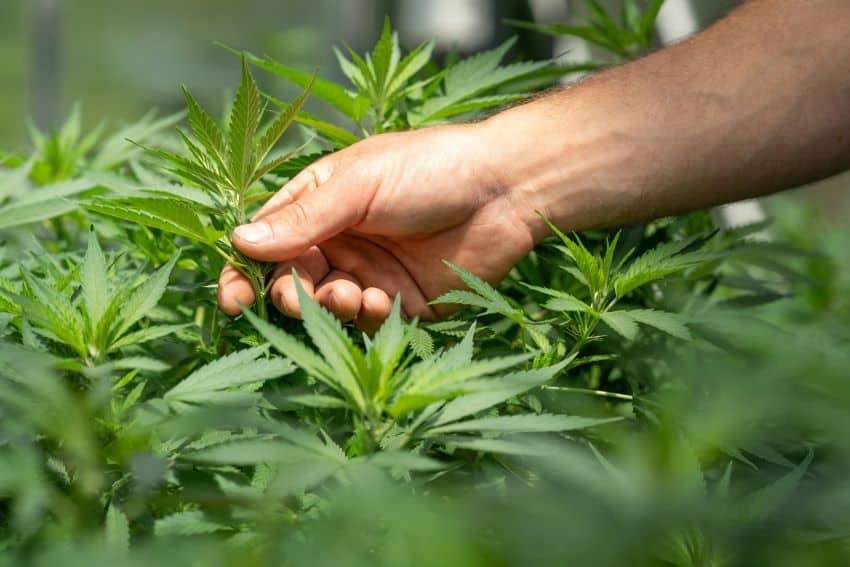In the cannabis world, confusion often arises between hemp and marijuana. While both are derived from the Cannabis sativa plant, their characteristics and uses differ substantially. Knowing these differences is crucial to understanding their legal impact, applications and effects on the body.
Hemp vs marijuana: What separates them?
The main differentiator between hemp and marijuana is the tetrahydrocannabinol (THC) content, the psychoactive compound responsible for the “high” associated with marijuana. Hemp is low in THC. Legislation in many countries defines hemp as cannabis plants with less than 0.3% THC by dry weight. Hemp is also rich in cannabidiol (CBD), a non-psychoactive compound that has been associated with a variety of health benefits. Marijuana, on the other hand, is cannabis specifically cultivated for its high THC content, which can vary widely depending on the strain. Some strains of marijuana can contain up to 30% THC or more, making them potentially psychoactive and with significant intoxicating effects.

Uses and applications
Due to its low THC content, hemp finds its main application in the industrial field. Its fibers are used to make textiles, paper, construction materials, biofuels, bioplastics and various ecological products. Additionally, hemp’s protein- and omega-3-rich seeds are suitable for human consumption and animal feed, as well as for turning into oil with nutritional and medicinal properties.
Marijuana, on the other hand, with its high THC levels, is mainly used for recreational and medicinal purposes. Its psychoactive effects make it a controversial substance, subject to regulations and restrictions in most countries. However, several studies support its therapeutic potential in the treatment of diseases such as chronic pain, epilepsy, nausea and muscle spasticity.
Which one is legal?
The legality of hemp and marijuana varies significantly by region. In general, hemp cultivation for industrial purposes is permitted under specific regulatory frameworks, while marijuana faces a more restrictive legal landscape, with prohibitions and regulations varying by country. We covered marijuana’s legal status in Mexico in a previous article; here, we’ll delve deeper into hemp.
In the Mexican context, hemp — often misunderstood and erroneously linked to marijuana — faces the shadow of prohibition and the stigmas associated with its psychoactive counterpart. However, hemp’s legal status is in transition. While the 2021 Federal Law for the Regulation of Cannabis (LFRC) does not explicitly prohibit the cultivation of industrial hemp, it also does not establish a clear regulatory framework for its planting, cultivation and harvesting. This creates a legal vacuum that hinders the development of this industry. Research on industrial hemp is permitted for scientific and technological development purposes. The processing and marketing of hemp for industrial use is not regulated, which prevents the sale of hemp-derived products in national territory.

Progress towards regulation
In December 2021, a bill was presented in the Chamber of Deputies seeking to issue the Federal Law for the Regulation of Industrial Hemp. This initiative is still being analyzed and discussed. In February 2023, the Ministry of Agriculture and Rural Development (SADER) published a governance agreement to establish a monitoring and control framework for the cultivation, harvesting and transportation of hemp for research purposes.
It is clear that hemp can be crucial in addressing global challenges, from competition for land use to the global food crisis. However, for this vision to materialize, it is imperative to address gaps in research and development. The lack of a comprehensive approach in the existing literature highlights the urgent need for systematic review along the hemp supply chain.
A specific law is expected to be passed in the future to regulate industrial hemp in Mexico, allowing its safe and sustainable cultivation, processing and commercialization. It is important to keep up to date on developments in hemp regulation in Mexico, as laws and regulations may change.
Demystifying confusion
Beyond THC content, other characteristics distinguish hemp from marijuana. Hemp plants tend to be taller and thinner, with thinner, lighter green leaves. In contrast, marijuana has shorter, sturdier plants with broader leaves and a deeper green color.

Understanding the differences between hemp and marijuana is fundamental to eliminating confusion and myths surrounding these plants. Hemp, far from being a psychoactive drug, is positioned as a valuable resource with industrial and environmental applications. Marijuana, on the other hand, continues to generate debates around its recreational and medicinal use, with a constantly evolving legal framework.
Accurate and accessible information must prevail so that we can make informed decisions about these two varieties of cannabis and take advantage of their potential benefits in a responsible manner.
If you are a cannabis aficionado, you won’t want to miss the Encuentro Cannábico, the yearly event in Mexico City that brings the entire cannabis community together for conferences, workshops specialized information and much more. This year, the event will be held on April 27 and 28 in the Fernando Montes de Oca Fencing Hall at the Ciudad Deportiva sports complex.
Camila Sánchez Bolaño is a journalist, feminist, bookseller, lecturer, and cultural promoter and is Editor in Chief of Newsweek en Español magazine.
